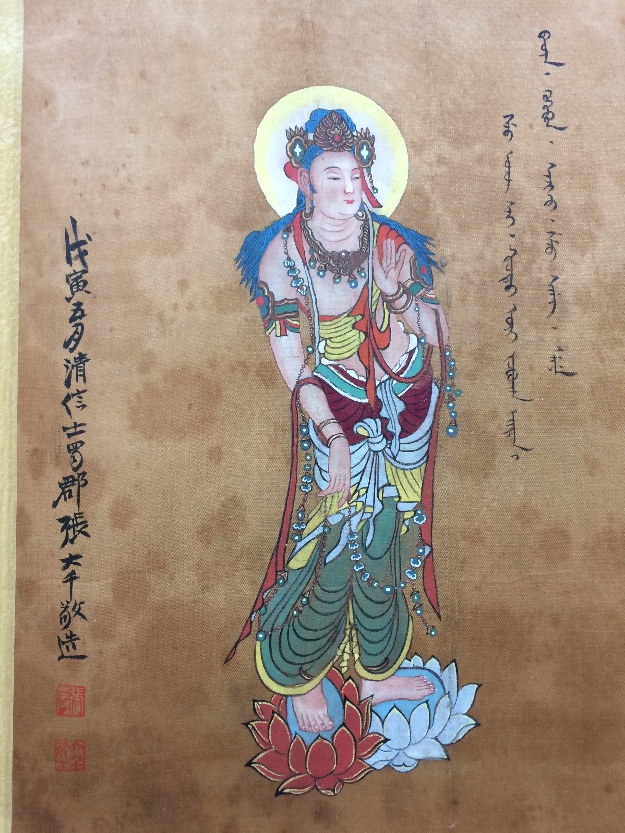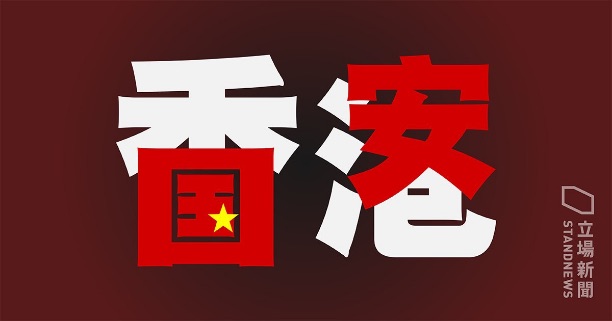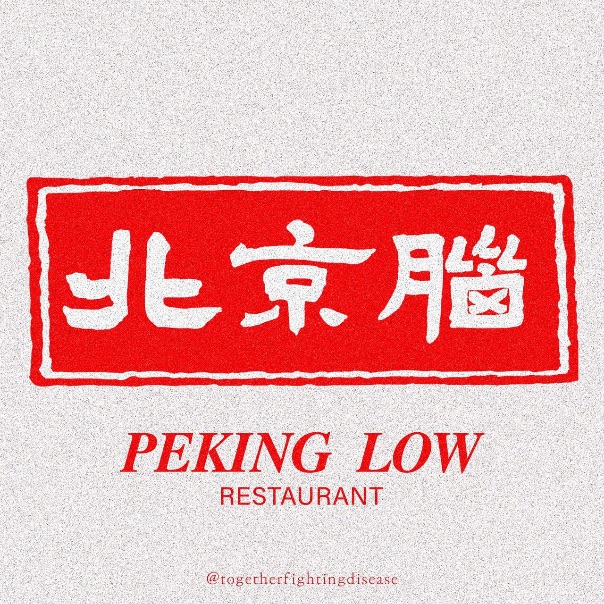Since we've been having, and will continue to have, a series of posts on Zoroastrianism and related topics, this is a good opportunity to review a recent, substantial publication related to this subject:
Barakatullo Ashurov, "Religions and Religious Space in Sogdian Culture: A View from Archaeological and Written Sources", Sino-Platonic Papers, 306 (December, 2020), 1-41. (free pdf)
[The following is a guest post by Richard Foltz in reaction to the above paper.]
I cannot understand why scholars (and others) insist upon talking about Sogdian "Zoroastrianism", even while presenting evidence that usually suggests it was something else. Ashurov goes so far as to call it the "national religion" of the Sogdians, despite noting that they had no supreme deity such as Ahura Mazda. The term "mazdayasnish zarathushtrish", used as the self-identification in the Pahlavi texts, means literally "[we who] sacrifice to Mazda [in the manner prescribed by] Zarathushtra". So if a religion doesn't demonstrably consist of performing sacrifices to Mazda by following the liturgical prescriptions of Zarathushtra, then what is the basis for calling that religion Zoroastrianism? The Sogdian Ashem Vohu prayer discussed at length by Ashurov could indeed seem to provide evidence of the presence of a Zoroastrian rite among the Sogdians, but this isolated example can hardly justify calling Zoroastrianism the Sogdians' "national religion". We don't know the context for this prayer, whether it was part of a full Sogdian liturgy (which we do not possess), or represents an attempt by Sasanian missionaries to impose their form of religion on Sogdiana, or (as Gershevitch suggested) was part of a Manichaean text. Meanwhile the bulk of textual, iconographic and architectural relics from Sogdiana show devotional practices which were either their own particular expressions of pan-Iranian religiosity (Siyavash, Nana/Anahita) or — the cult of Vakhsh, for example — entirely local in nature.
Read the rest of this entry »





